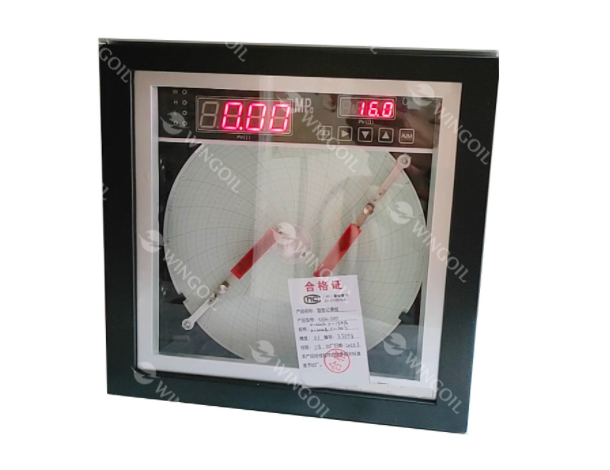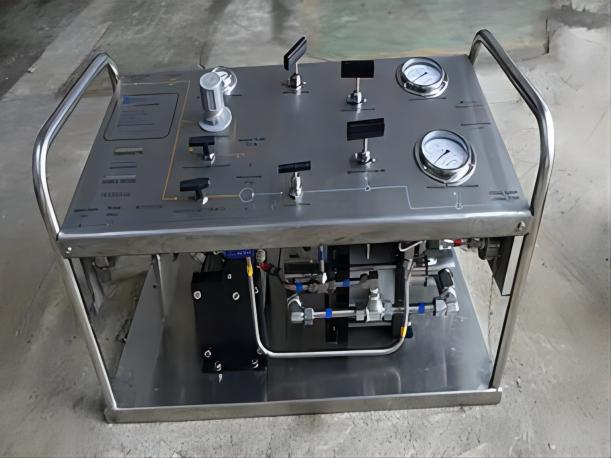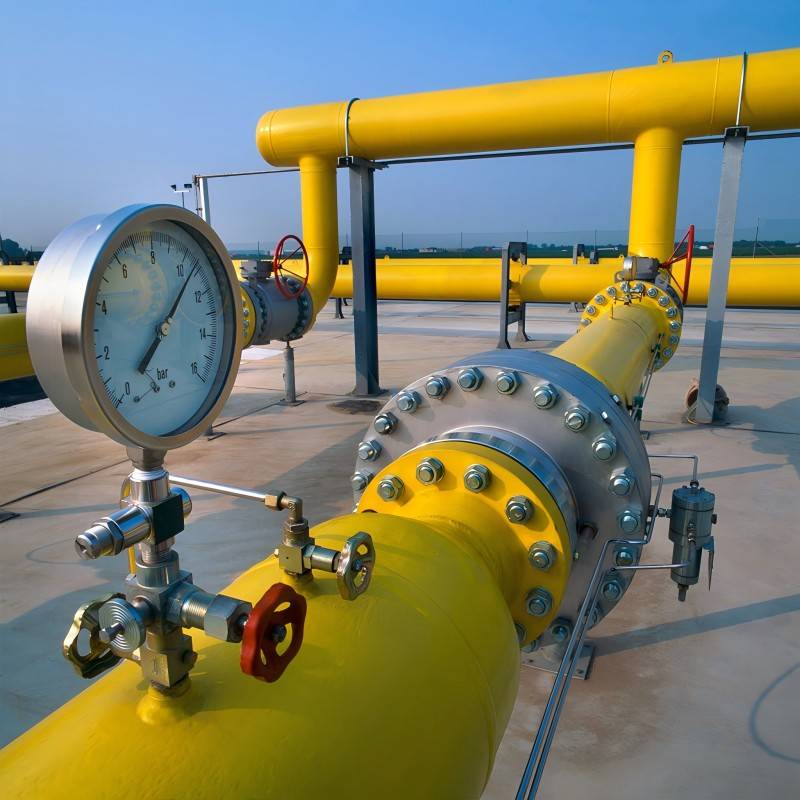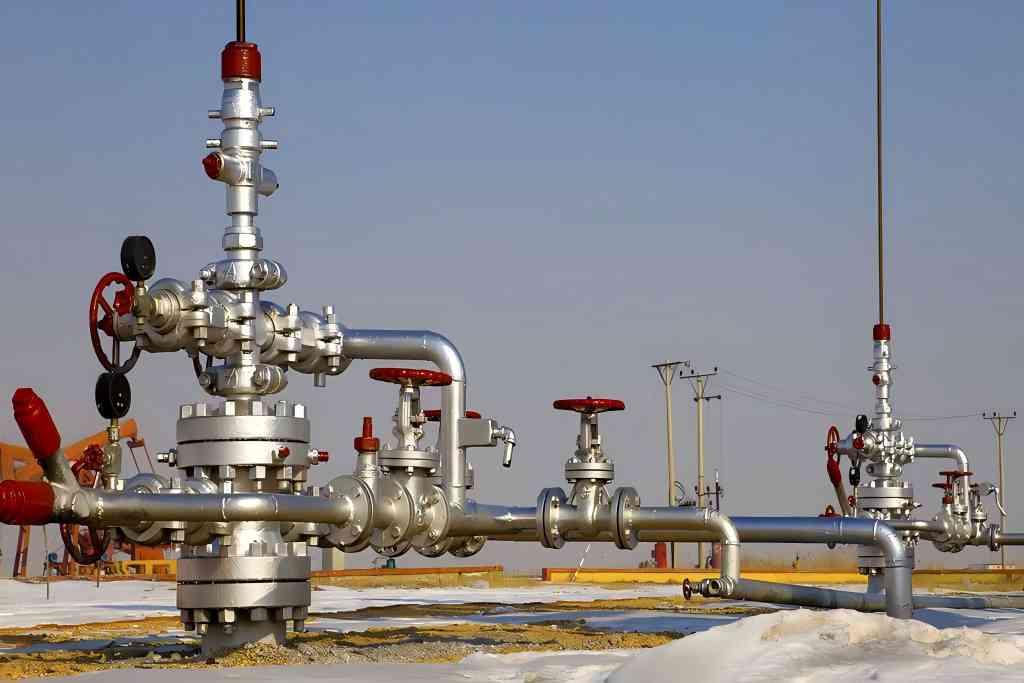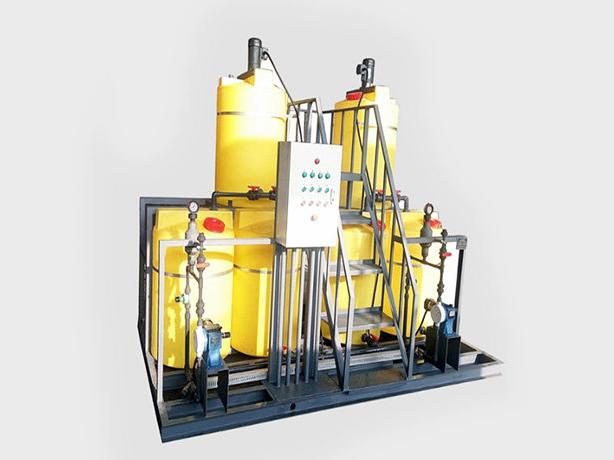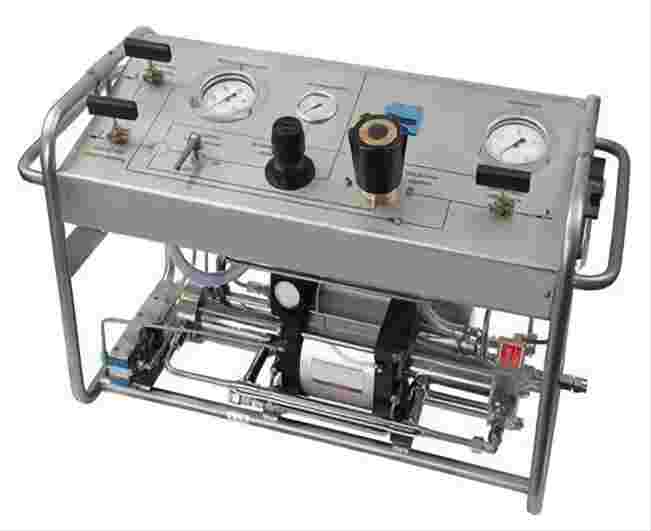Factors Affecting Hydrostatic Test Pump Choice in Oilfield Operations
Hydrostatic testing is a crucial procedure in oilfield operations to ensure the integrity of pipelines, wellheads, and other critical equipment. It involves subjecting the equipment to a specific pressure to identify potential weaknesses or defects. Hydrostatic test pumps play a vital role in executing this process efficiently and accurately. However, selecting the right hydrostatic test pump can be a complex task due to various factors that need to be considered.
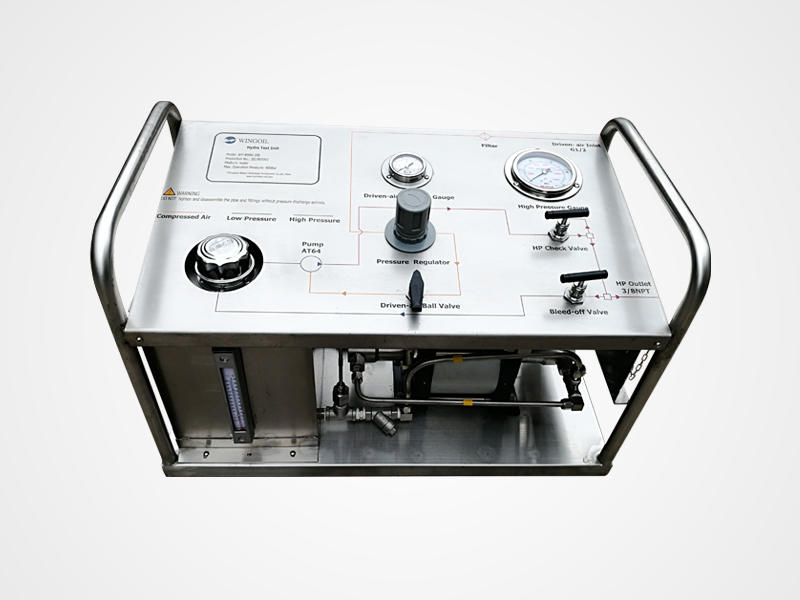
Key Considerations for Hydrostatic Test Pump Selection
1. Technical Specifications
- Pressure Range: The required pressure range is paramount. Oilfield operations span a wide spectrum of pressures, from relatively low levels for smaller pipelines to extremely high pressures for deep-water wells. The pump must be capable of generating the necessary pressure to effectively test the equipment. High-pressure pumps are essential for deep-water operations, where pressures can exceed 15,000 psi. These pumps must be robust and reliable to withstand such extreme conditions. Conversely, lower-pressure pumps are suitable for onshore pipelines and wellheads, where pressures are typically lower.
- Flow Rate: The required flow rate is another critical factor. A higher flow rate is necessary for larger pipelines and wellheads to fill the system and reach the desired test pressure quickly. Smaller components, however, may require lower flow rates. The pump’s flow rate must be carefully matched to the size and complexity of the equipment being tested. Inadequate flow rates can lead to inefficiencies and delays in the testing process.
2. Control Systems
- Manual vs. Automated Control: Hydrostatic test pumps can be controlled manually or automatically. Manual control systems require operators to manually adjust the pump’s settings to achieve the desired pressure and flow rate. While manual control systems are less expensive, they can be more time-consuming and prone to human error. Automated control systems, on the other hand, can automatically adjust the pump’s settings based on predefined parameters. This can significantly improve accuracy, efficiency, and safety. Automated systems are particularly useful for complex testing scenarios that require precise control of pressure and flow rate.
3. Safety and Compliance
- Explosion-Proof Requirements: Oilfield environments often involve flammable and explosive gases. Therefore, it is crucial to select a hydrostatic test pump that is certified for use in hazardous areas. Explosion-proof pumps are designed to prevent ignition of flammable gases and vapors, significantly reducing the risk of accidents.
- Compliance with Industry Standards: Hydrostatic testing must adhere to industry standards, such as API standards, to ensure safety and quality. The selected pump must meet these standards to avoid potential legal and regulatory issues.
4. Fluid Compatibility
- Corrosion Resistance: If the test fluid is corrosive, the pump’s materials must be resistant to corrosion. Stainless steel and other corrosion-resistant materials are commonly used in the construction of hydrostatic test pumps.
- Fluid Compatibility Seals: The pump’s seals must be compatible with the test fluid to prevent leaks and contamination. Different seal materials may be required for different fluids.
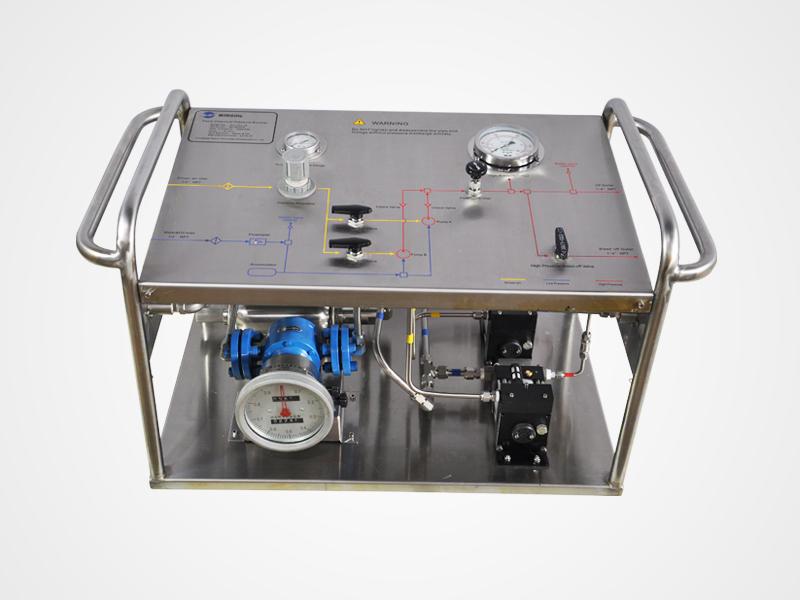
5. Portability and Mobility
- Weight and Size: For field operations, portability is crucial. Portable pumps can be easily transported to remote locations, making them ideal for testing pipelines and wellheads in challenging environments. The weight and size of the pump are significant factors, especially for portable units. A lightweight and compact pump is easier to transport and set up.
- Power Source: The pump’s power source can be either electric or diesel. Electric pumps are more environmentally friendly but may require access to a power source. Diesel pumps are more versatile and can be used in remote locations without access to electricity.
6. Data Acquisition and Analysis
- Data Logging Capabilities: Modern hydrostatic test pumps are equipped with data acquisition systems that can record pressure, flow rate, and other relevant parameters. This data is invaluable for analyzing test results and identifying potential issues. The pump’s data logging capabilities must be sufficient to capture the required data. The data should be accurate, reliable, and easily accessible for analysis.
- Data Analysis Software: The pump may come with built-in data analysis software or be compatible with third-party software. The software should be user-friendly and capable of generating detailed reports.
7. Maintenance and Servicing
- Ease of Maintenance: A well-maintained hydrostatic test pump ensures reliable performance and minimizes downtime. The pump should be easy to maintain and service, with readily available spare parts.
- Regular Maintenance Schedule: A regular maintenance schedule is essential to keep the pump in optimal condition. This may include tasks such as oil changes, filter replacements, and inspections.
- Corrosion Prevention: To prevent corrosion, the pump should be cleaned and dried after each use. Applying a corrosion inhibitor can further protect the pump’s components.
8. Budgetary Constraints
The cost of a hydrostatic test pump can vary significantly depending on its features, capabilities, and brand. It is crucial to select a pump that meets the specific needs of the application without exceeding the budget. A cost-benefit analysis can help determine the most cost-effective pump for a particular application, considering factors such as the initial purchase cost, maintenance costs, and potential savings from improved efficiency and accuracy.
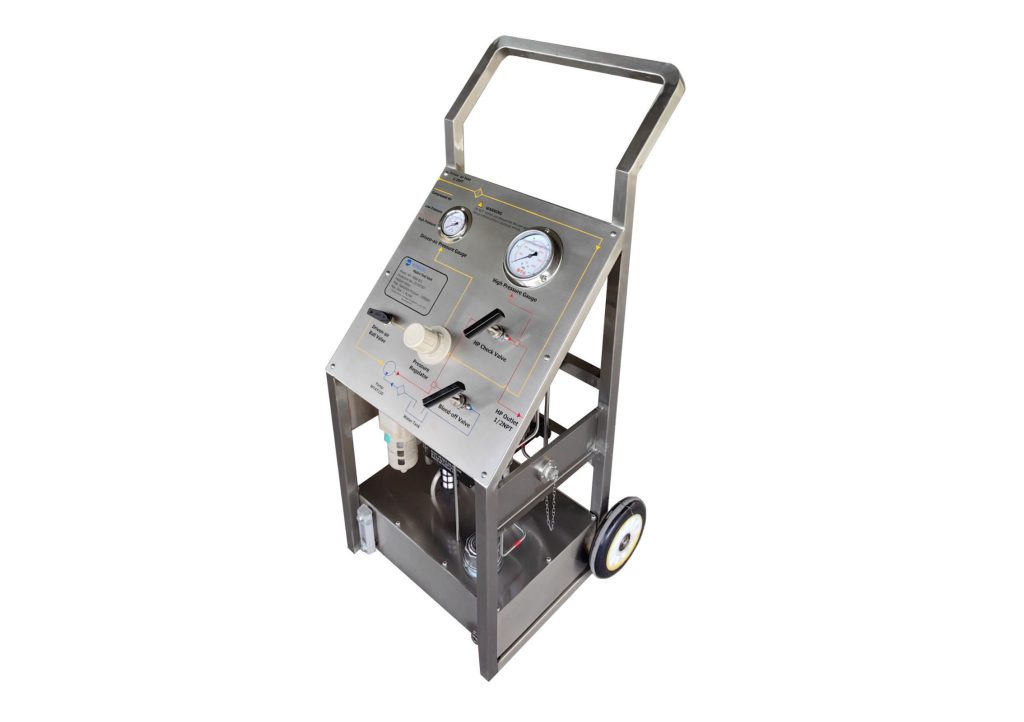
Selecting the right hydrostatic test pump is a complex decision that requires careful consideration of various factors. By understanding the specific requirements of the application and carefully evaluating the available options, it is possible to select a pump that will provide reliable and efficient service, ensuring the integrity of oilfield equipment.

